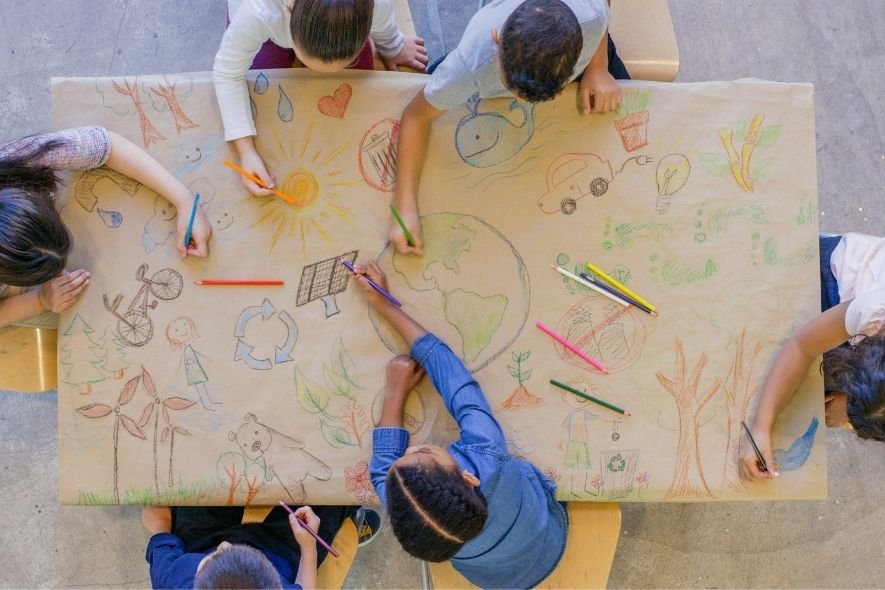As we stand at the crossroads of environmental sustainability and technological advancement, the role of environmental education becomes increasingly critical in shaping a future that harmonizes human development with the planet’s health. This article explores the transformative potential of environmental education to foster innovation, nurture ecological consciousness, and empower individuals and communities to contribute actively towards a sustainable future.
The Crucible of Change: Environmental Education as a Catalyst for Innovation
Innovation, often sparked by necessity, finds a fertile ground in environmental education. By integrating principles of sustainability, resource conservation, and biodiversity preservation into the curriculum, educators can ignite a spark of creativity among students. This creative impulse encourages the development of novel solutions to environmental challenges, ranging from renewable energy technologies to sustainable agriculture practices. Through project-based learning and hands-on experiments, students are not merely passive observers of these global challenges but active participants in crafting solutions.
Building Ecological Consciousness: The Heart of Environmental Education
At its core, environmental education seeks to cultivate an ecological consciousness—a deep, intuitive understanding of the interconnectedness of all living things and the impact of human actions on the natural world. This consciousness is the foundation upon which sustainable habits and values are built. By exposing students to the beauty and complexity of nature through outdoor experiences, and by incorporating Indigenous knowledge systems that emphasize respect for the Earth, environmental education fosters a sense of responsibility and care for the environment that transcends traditional academic boundaries.
Empowering Agents of Change: Environmental Education in Action
Environmental education does not stop at awareness; it is a call to action. It equips individuals with the skills needed to effect change in their communities and beyond. From organizing local conservation efforts to participating in global environmental movements, empowered students become agents of change. These initiatives not only contribute to environmental preservation but also help build a sense of community and collective efficacy, demonstrating that individual actions can have a significant impact.
The Synergy of Technology and Nature: A New Paradigm
In the age of the Fourth Industrial Revolution, the synergy between technological innovation and environmental stewardship opens up unprecedented opportunities. Environmental education plays a pivotal role in preparing students to navigate this new landscape. By integrating STEM (Science, Technology, Engineering, and Mathematics) education with environmental learning, students can explore how technology can be harnessed to solve environmental problems, such as through the development of clean energy sources or the use of AI in biodiversity conservation. This interdisciplinary approach not only enhances problem-solving skills but also encourages students to think critically about the ethical implications of technological advancements.
The Path Forward: Challenges and Opportunities
Despite its potential, environmental education faces challenges. These include curriculum constraints, limited access to resources, and the need for professional development for educators. To overcome these obstacles, a collaborative effort among governments, educational institutions, and non-profit organizations is necessary. Investments in teacher training, the development of inclusive and culturally relevant curricula, and the provision of resources for hands-on learning are essential steps towards integrating environmental education into the mainstream educational system.
Conclusion: A Vision for the Future
Environmental education holds the key to unlocking a sustainable future. By harnessing innovation, building ecological consciousness, and empowering individuals to act, we can cultivate a generation of informed, compassionate, and proactive citizens. As we navigate the challenges of the 21st century, let us commit to embedding environmental education at the heart of our learning systems, for it is through this transformative process that we can envision and realize a harmonious coexistence with our planet.
Also, read more at “kiendel.com“
